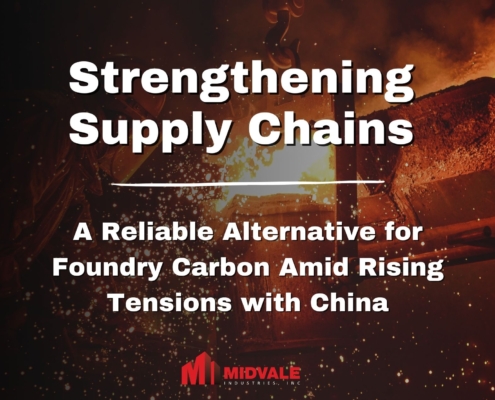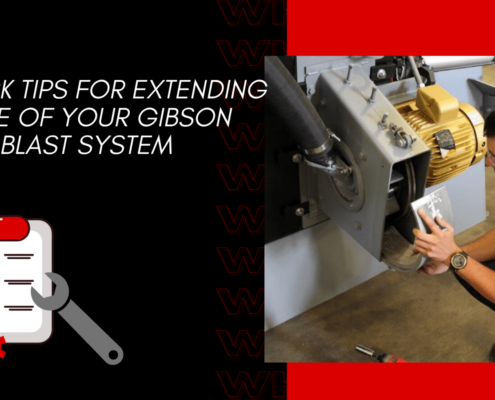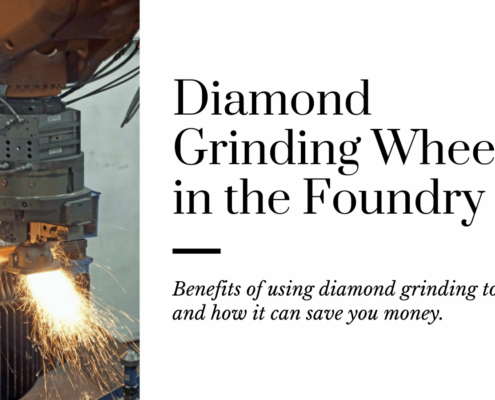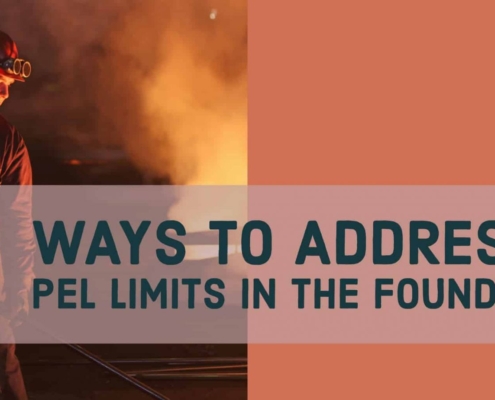 https://midvaleindustries.com/wp-content/uploads/2025/01/Copy-of-carbon-supply-chain.jpg
1260
2240
JBeasley
/wp-content/uploads/2024/06/Midvale-Logo-Web-Black.png
JBeasley2025-01-17 14:34:102025-06-30 09:12:40Strengthening Supply Chains: A Reliable Alternative for Foundry Carbon Amid Rising Tensions with China
https://midvaleindustries.com/wp-content/uploads/2025/01/Copy-of-carbon-supply-chain.jpg
1260
2240
JBeasley
/wp-content/uploads/2024/06/Midvale-Logo-Web-Black.png
JBeasley2025-01-17 14:34:102025-06-30 09:12:40Strengthening Supply Chains: A Reliable Alternative for Foundry Carbon Amid Rising Tensions with ChinaPart 2
Core showing thin walls
- Melt point too high (above 218 degrees)
- Lack of heat (below 450 degrees)
- Invest time too short
- Sand temperature too cold (below 60 degrees)
Core showing parting line shift
- Worn locators
- Missing locators
- Box made improperly
Poorly drained cores
- Melt point of sand too low (below 205)
- Hot spots in core box near blow end
- Invest time too long
- Drain time too short
- Blow hole too small for sand to drain out
- Sand temperature too hot (above 90 degrees)
Core showing thick walls
- Melt point too low (below 205 degrees)
- Heat too high (above 550 degrees)
- Invest too long
- Sand temperature too hot (above 90 degrees)
Core showing cracks
- Core walls are too thin
- Core is under cured
- Core is over cured in areas
- Core box is opening uneven
- Bushings or locators are worn
- Missing locators
- Back draft in core box
- Sand has low hot strength (too weak)
Common Core Defects
Core sticking in box
- Sand too cold – should be between 60 to 80 degrees
- Box too cold – below 450 degrees (450-550 degrees)
- Box too hot – above 550 degrees (450-550 degrees)
- Free resin in sand due to vibration or fracturing of sand grains
- Blow pressure too high – average blow pressure 30-50 lbs (blasting on)
- Blow hole in blow plate larger than blow hole in core box (blasting on)
- Blow hole in blow plate off center of blow hole in core box (blasting on)
- Blow time too long
- Box has just been cleaned – no film left on surface of core box
- Box is dirty causing back drafts
- Lack of wax in sand (release agent)
- Lack of venting in core box – causing operator to raise air pressure or lengthen blow time (blasting on)
- Cure cycle is too short – core is yellow – resin sticking
- Core cycle is too long – core is black – resin is burning on
- Core box has back draft
Core is showing peel back (voids under skin)
- Very high melt point of sand (above 220 degrees)
- Cold areas in core box (more heat-more burners)
- Burners out in some areas
- Core box temperature below 450 degrees
- Vibrator too strong during rock and drain cycle
- Low density (sand will not stick together)
- Blow pressure too low (creating low density)
- Blow pressure too short (causing low density)
- Too high of blow pressure – and long blow timer (together they cause chilling in the box in vent areas)
- Cold sand (below 60 degrees)
- Moisture in blow lines (poor flow ability causing poor density and chilling of the box)
- Vents plugged (air not getting out)
- Lack of vents (air not getting out)
- Lack of seal between core box and blow plate (blowing out which causes low density)
- Sand may be to coarse
- Dirty box (excessive build-up from resin and release agent causing poor heat transfer)
Request a Trial of Foundry Sand Today
Contact our team today and request a trial for our foundry sand products. We offer resin coated sand and silica free sand options.
Share This Post
More Like This
 https://midvaleindustries.com/wp-content/uploads/2025/01/Copy-of-carbon-supply-chain.jpg
1260
2240
JBeasley
/wp-content/uploads/2024/06/Midvale-Logo-Web-Black.png
JBeasley2025-01-17 14:34:102025-06-30 09:12:40Strengthening Supply Chains: A Reliable Alternative for Foundry Carbon Amid Rising Tensions with China
https://midvaleindustries.com/wp-content/uploads/2025/01/Copy-of-carbon-supply-chain.jpg
1260
2240
JBeasley
/wp-content/uploads/2024/06/Midvale-Logo-Web-Black.png
JBeasley2025-01-17 14:34:102025-06-30 09:12:40Strengthening Supply Chains: A Reliable Alternative for Foundry Carbon Amid Rising Tensions with China https://midvaleindustries.com/wp-content/uploads/2024/08/chemical-blog-2.jpg
900
1600
Nate Riggins
/wp-content/uploads/2024/06/Midvale-Logo-Web-Black.png
Nate Riggins2022-07-01 14:51:022025-06-30 09:12:43What You Need to Know About the 2022 Chemical Excise Tax
https://midvaleindustries.com/wp-content/uploads/2024/08/chemical-blog-2.jpg
900
1600
Nate Riggins
/wp-content/uploads/2024/06/Midvale-Logo-Web-Black.png
Nate Riggins2022-07-01 14:51:022025-06-30 09:12:43What You Need to Know About the 2022 Chemical Excise Tax https://midvaleindustries.com/wp-content/uploads/2024/08/Core-Defects-Series-part-1-2.jpg
900
1600
Nate Riggins
/wp-content/uploads/2024/06/Midvale-Logo-Web-Black.png
Nate Riggins2021-01-26 15:04:152025-06-30 09:12:46Sand Casting Core Defects Series – Part 1
https://midvaleindustries.com/wp-content/uploads/2024/08/Core-Defects-Series-part-1-2.jpg
900
1600
Nate Riggins
/wp-content/uploads/2024/06/Midvale-Logo-Web-Black.png
Nate Riggins2021-01-26 15:04:152025-06-30 09:12:46Sand Casting Core Defects Series – Part 1 https://midvaleindustries.com/wp-content/uploads/2024/08/cast-zinc-shot-header-2.png
900
1600
JBeasley
/wp-content/uploads/2024/06/Midvale-Logo-Web-Black.png
JBeasley2020-09-30 16:05:142025-06-30 09:12:47Cast Zinc Shot: Cost Saving Benefits for Shot Blasting
https://midvaleindustries.com/wp-content/uploads/2024/08/cast-zinc-shot-header-2.png
900
1600
JBeasley
/wp-content/uploads/2024/06/Midvale-Logo-Web-Black.png
JBeasley2020-09-30 16:05:142025-06-30 09:12:47Cast Zinc Shot: Cost Saving Benefits for Shot Blasting https://midvaleindustries.com/wp-content/uploads/2024/08/wheel-blast-blod-header-text-2.png
900
1600
Nate Riggins
/wp-content/uploads/2024/06/Midvale-Logo-Web-Black.png
Nate Riggins2020-08-14 14:43:402025-06-30 09:12:488 Quick Tips for Extending the Life of Your Gibson Wheel Blast System
https://midvaleindustries.com/wp-content/uploads/2024/08/wheel-blast-blod-header-text-2.png
900
1600
Nate Riggins
/wp-content/uploads/2024/06/Midvale-Logo-Web-Black.png
Nate Riggins2020-08-14 14:43:402025-06-30 09:12:488 Quick Tips for Extending the Life of Your Gibson Wheel Blast System https://midvaleindustries.com/wp-content/uploads/2024/08/Diamond-Grinding-Wheels-2.png
900
1600
Nate Riggins
/wp-content/uploads/2024/06/Midvale-Logo-Web-Black.png
Nate Riggins2020-08-12 15:33:492025-06-30 09:12:48Why Use Diamond Grinding Wheels in Your Cleaning Room?
https://midvaleindustries.com/wp-content/uploads/2024/08/Diamond-Grinding-Wheels-2.png
900
1600
Nate Riggins
/wp-content/uploads/2024/06/Midvale-Logo-Web-Black.png
Nate Riggins2020-08-12 15:33:492025-06-30 09:12:48Why Use Diamond Grinding Wheels in Your Cleaning Room?



